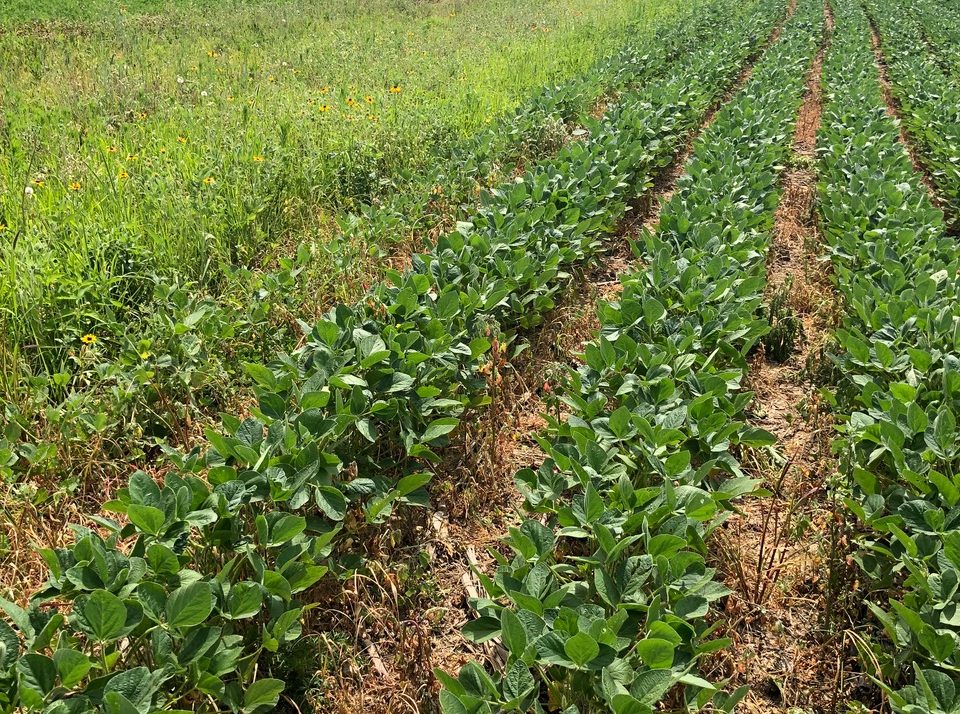
A new survey released by the National Ag Statistics Service paints a picture of crop management strategies Wisconsin farmers are using these days. The survey, conducted last fall, was focused entirely on soybean production. Despite different climates and soils, many practices in the surveyed states were the same.
The National Agricultural Statistics Service (NASS) Agricultural Chemical Use Program is the U.S. Department of Agriculture’s official source of statistics about on-farm and post-harvest fertilizer and pesticide use and pest management practices. The 19 program states surveyed about soybeans in the 2020 ARMS were Arkansas, Illinois, Indiana, Iowa, Kansas, Kentucky, Louisiana, Michigan, Minnesota, Mississippi, Missouri, Nebraska, North Carolina, North Dakota, Ohio, Pennsylvania, South Dakota, Tennessee, and Wisconsin.
In the fall of 2020, NASS collected data for the 2020 crop year, the one-year period beginning after the 2019 harvest and ending after the 2020 harvest, about chemical use and pest management practices used on soybean production. The data was collected as part of the Agricultural Resource Management Survey (ARMS) and the results are presented here.
The 2020 Agricultural Chemical Use Survey of soybean producers collected data about fertilizer and pesticide use as well as pest management practices in growing soybeans.
Fertilizer refers to a soil-enriching input that contains one or more plant nutrients, primarily nitrogen (N), phosphate (P2O5), and potash (K2O). Of the three primary macronutrients, potash was the most widely used on soybean acres planted in Wisconsin. Farmers applied potash to 77% of planted acres at an average rate of 92 pounds per acre per year. Macronutrients nitrogen and phosphate were applied at an average rate of 19 and 48 pounds per acre per year, respectively. The secondary macronutrient, sulfur, was applied to 37% of acres planted to soybeans.
The pesticide active ingredients used on soybeans are classified in this report as herbicides (targeting weeds), insecticides (targeting insects), and fungicides (targeting fungal disease). Herbicide active ingredients were applied to 99% of the soybean acres planted. Glyphosate isopropylamine salt was the most widely used pesticide on soybean acres, while glyphosate potassium salt was the active ingredient with the greatest total amount applied. Insecticides were applied to 14% of soybean acres planted in Wisconsin.


